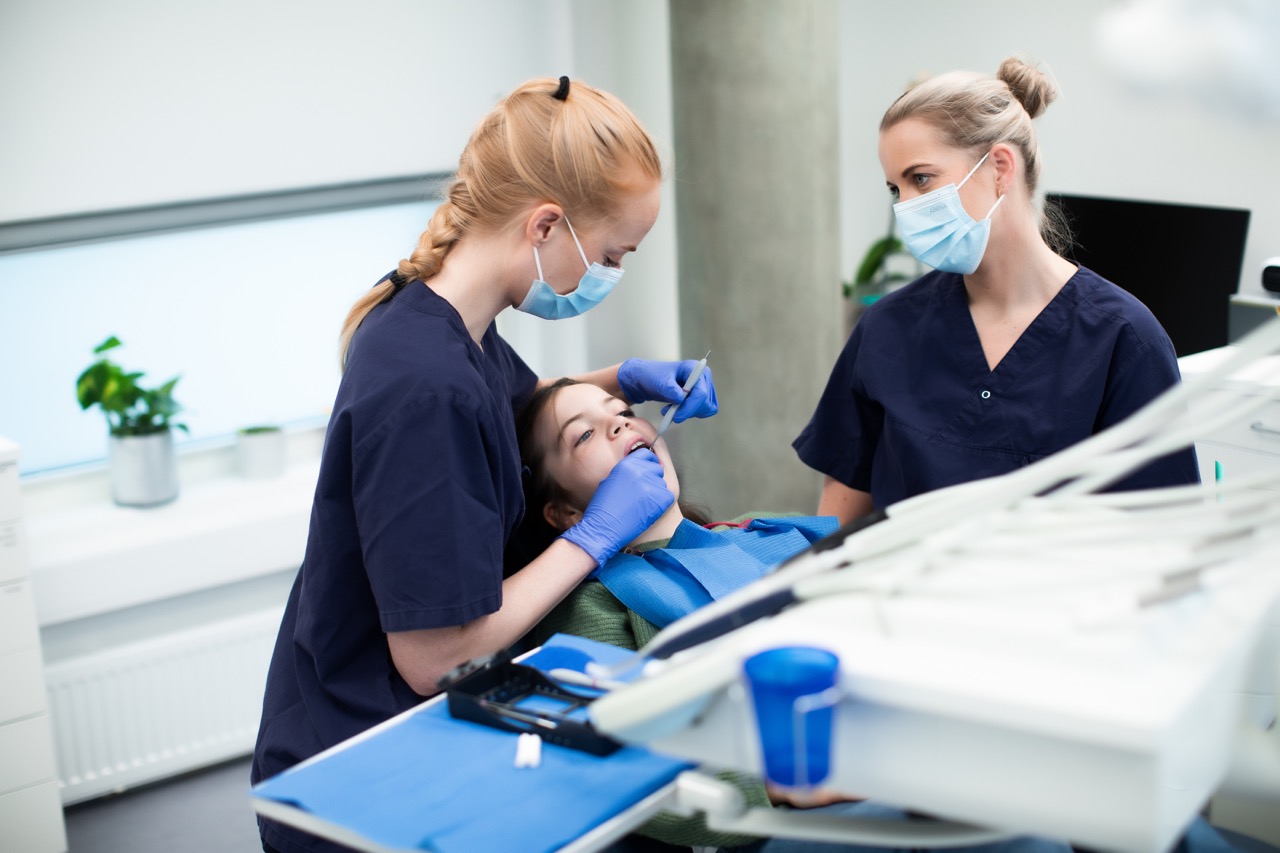#Care4YoungTeeth <3
How can we support and motivate young people to take the best care of their teeth?

Background
Although dental health in Norway has improved, many young people still have had cavities in their teeth (caries). Adolescence is a vulnerable period for caries development. If we manage to improve young people's oral health, we can prevent tooth decay and reduce the need for comprehensive treatment. In a life cycle perspective, this is health-promoting and cost-saving for the individual individual, and thus cost-saving for society.
Purpose
In the project #Care4YoungTeeth <3, we have looked at the caries status of adolescents in Norway and investigated factors that may influence the development of caries. In addition, we have looked at how well current methods of promoting dental health among adolescents work. Based on this, we have developed new solutions to support and motivate adolescents to good dental and oral health habits. Currently, we are working on a study that will look at possible links between obesity and caries in adolescents.
Methods
The new solutions for promoting good dental health among adolescents have been developed through co-creative activities in which the youth themselves, dental health professionals, product designers, service designers and researchers have participated. In addition to collecting own data through the study, dental health data from the public dental health service in Trøndelag and health data from UNG-HUNT4 have been important knowledge bases in the project.
Results
Through the project, we have developed the concept 2x2. 2x2 consists of a teaching program about dental health for grade 8, a scorecard for adolescents that can be used in the dental clinic, and 2ganger2.no, a website with safe and quality information and advice on oral health for adolescents.
Read more here: https://www.tkmidt.no/tannvern/2x2
Scientific papers with findings from the project have also been published. In an article where we looked at the incidence of caries among adolescents in Norway over time, we found that:
- The average number of teeth with caries among adolescents born between 1996 and 2002 has decreased, but there are still large individual variations.
- The adolescents who had the most caries at age 12 also had more caries throughout adolescence. In addition, they did not have the same reduction in caries over time, compared to those who had fewer or no teeth with caries at age 12, suggesting increased disparities in caries incidence among adolescents.
In an article where we looked at dental health professionals' attitudes toward the use of motivational interviewing (MI) in the prevention of caries among adolescents, we found that:
- Most of the dental hygienists (90%) and dentists (80%) who participated in the study felt that they understood the principles behind MI, but fewer felt confident using the method in practice.
- The dental hygienists reported to a greater extent than the dentists that they use MI, have received training in the method, and that they experience it as useful in meeting adolescents.
- There is a need to identify and reduce barriers to the implementation of MI, as well as explore the causes of differences between dentists and dental hygienists.
Cooperating Institutions and External Financing
- SINTEF Digital
- NTNU
- County Dentist in Trøndelag
- University of Sheffield
- The Change Factory
- Ablemagic
- Orkla Health
- University of Tromsø
- Karolinska Institutet
- TKVestland
- TKØst
- University of Oslo
- Supported by the Research Council of Norway
























